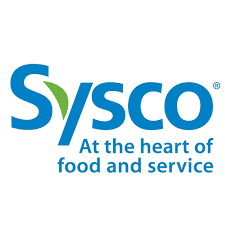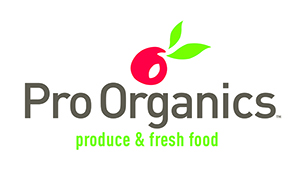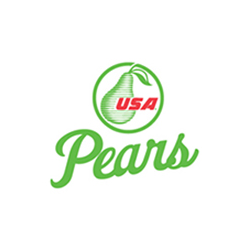Hit the deck. I was talking with a friend of mine recently about the multi-deck cases in produce departments. It occurred to me that in the entire 17 years I've written this column for The Packer (yikes!), that I've never focused on this subject.
Maybe it's because when I last worked regularly as a produce manager many decades ago, those multi-deck cases — as we know them today — were still on the horizon. It wasn't like we wouldn't have welcomed these refrigerated, merchandising marvels. We would have.
We did, however, improvise back then. Quite a bit.
I think such improvisation was in fact a precursor to many things that have become common today in produce departments. We used to save the thick cardboard melon bins to re-use and display all sorts of produce. We built or modified numerous dry tables and wooden orchard bins. Our common saying was that if a manager aspired to become a specialist/merchandiser, that person should have earned at least a B in high school shop class.
As time went on, it was clear that not everyone was so handy. In fact, many never even took wood shop. Pity. That may be why we see all the nice, prefabricated merchandising fixtures today.
As for the refrigerated wet rack cases, we improvised these as well. I recall working in the wee hours, using a quarter-inch nut driver, removing the heavy mirrored glass panels to free up anywhere from 12-20 feet of produce refrigerated cases. Behind these panels are existing vertical rows of what we call shelf standards.
Into these notched shelf standards we placed sections of 4-foot lighted shelving and, voila, the early (albeit crude) version of today's multi-deck produce cases began.
Hey, it worked. We were able to merchandise neat rows of prepackaged salads, dressings, sprouts, packaged mushrooms, tofu — all the items for which we used to struggle to find in traditional linear space. Of course, this merchandising has evolved to what it is today: beautiful, well-designed multi-deck cases, some with clear doors.
Further, of course, are the upright sectional fixtures now used for the wet rack, also known as the wet wall as it's literally a wall of leafy greens and other vegetables. These show off product like we could have never imagined. Creative. Easy to shop. Colorful.
My only concern with these all these multi-component multi-decks is: How do you keep these clean? We used to clean racks faithfully weekly back in the day.
The honest response from one produce manager I spoke to? “We don't.”
As a supervisor, we tore apart many fixtures in those wee hours, and we could tell even then that racks weren't kept very clean. Our tongue-in-cheek remark we made was, “Yup. Gotta clean the racks once every three years or whenever a remodel comes due — whichever comes first.”
But I digress. The five-deck merchandising still needs as much attention as anything else in the produce aisle: frequent cleaning, product rotation, use of good color breaks, early stocking (customers dislike tripping over clerks, carts and boxes during prime shopping hours). The multi-deck cases need daily signing upkeep for scan integrity, ensuring every item has a price tag, and every tag is where it's supposed to be.
Multi-deck cases are a page taken out of the other perishable departments' playbook, to be sure, but produce operations have absolutely adapted these to make these unique — and each case complements traditional produce space with smart merchandising style.
However, all the same old principles still apply: Keep the decks clean, neat, rotated and well stocked.
And whenever adverse conditions arise, it's (you may have seen this groaner coming) all hands-on deck.
Armand Lobato works for the Idaho Potato Commission. His 40 years of experience in the produce business span a range of foodservice and retail positions.
Your next read: Produce managers: Be present or beware


















